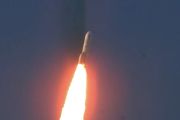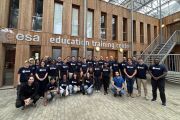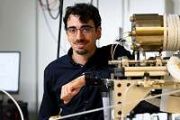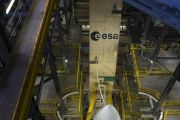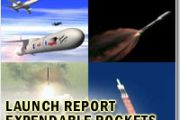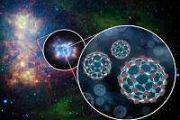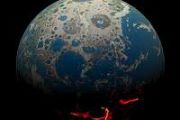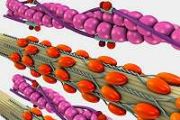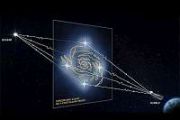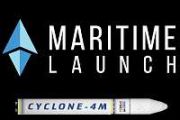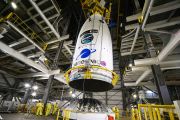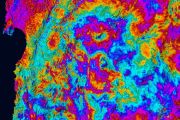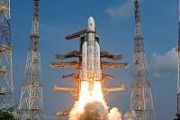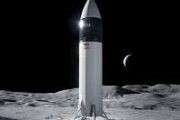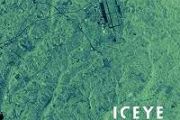
Copernical Team
US Space Force launches first tactically responsive launch mission
 The U. S. Space Force successfully launched the Tactically Responsive Launch-2 (TacRL-2) mission on a Northrop Grumman Pegasus XL rocket from Vandenberg Space Force Base on June 13 at 4:11 a.m. EDT, delivering a technology demonstration satellite to Low Earth Orbit.
Pegasus, the world's first privately-developed commercial space launch vehicle, is an air-launched three staged rocket carrie
The U. S. Space Force successfully launched the Tactically Responsive Launch-2 (TacRL-2) mission on a Northrop Grumman Pegasus XL rocket from Vandenberg Space Force Base on June 13 at 4:11 a.m. EDT, delivering a technology demonstration satellite to Low Earth Orbit.
Pegasus, the world's first privately-developed commercial space launch vehicle, is an air-launched three staged rocket carrie Joint Livermore Tyvak space telescope goes into orbit
 Thousands of images of Earth and space have been taken by a compact space imaging payload developed by Lawrence Livermore National Laboratory (LLNL) researchers and its collaborator Tyvak Nano-Satellite Systems.
Known as GEOStare2, the payload has two space telescopes that together have taken more than 4,500 pictures for space domain awareness, astronomy and Earth observations that have be
Thousands of images of Earth and space have been taken by a compact space imaging payload developed by Lawrence Livermore National Laboratory (LLNL) researchers and its collaborator Tyvak Nano-Satellite Systems.
Known as GEOStare2, the payload has two space telescopes that together have taken more than 4,500 pictures for space domain awareness, astronomy and Earth observations that have be Astronauts board China's new space station for first time
 Three Chinese astronauts have entered the core module of China's permanent space station to embark on their three-month mission, becoming the module's first occupants and pioneers in one of the nation's grandest space endeavors.
Major General Nie Haisheng, Major General Liu Boming and Senior Colonel Tang Hongbo floated into the core module, named Tianhe, or Harmony of Heavens, at 6:48 pm o
Three Chinese astronauts have entered the core module of China's permanent space station to embark on their three-month mission, becoming the module's first occupants and pioneers in one of the nation's grandest space endeavors.
Major General Nie Haisheng, Major General Liu Boming and Senior Colonel Tang Hongbo floated into the core module, named Tianhe, or Harmony of Heavens, at 6:48 pm o After 9 years and $10M, Georgia spaceport nears FAA approval
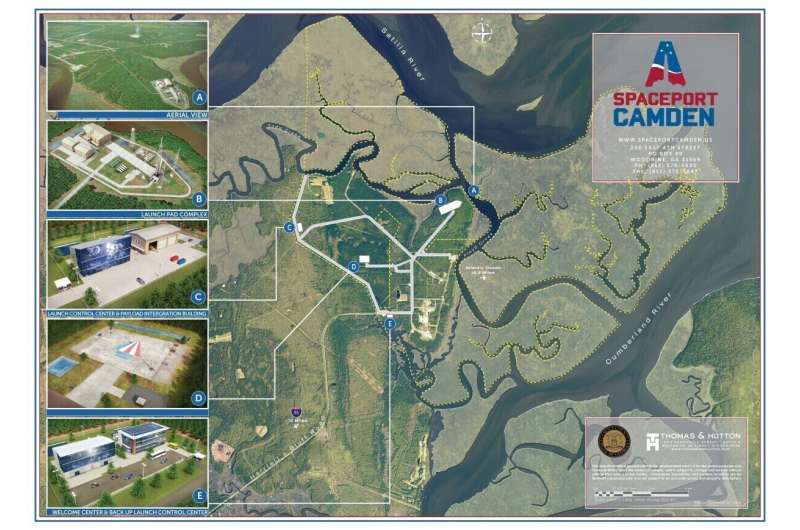
Chinese crew enters new space station on 3-month mission
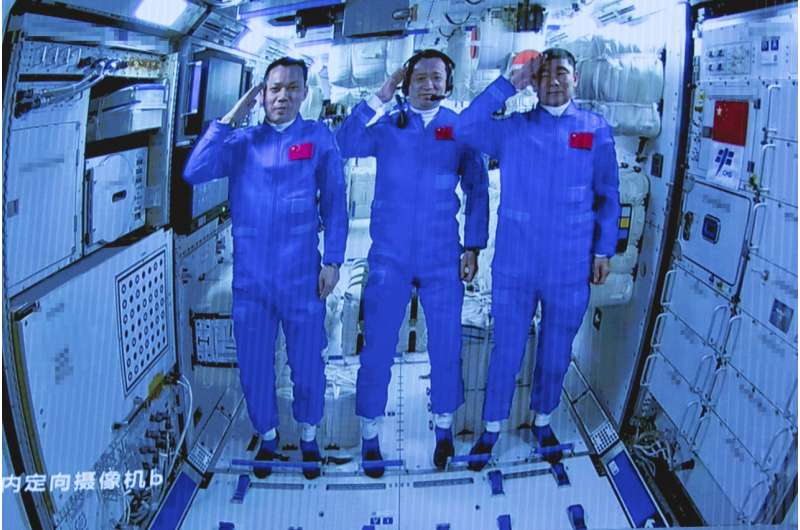
Juno detects Jupiter's highest-energy ions
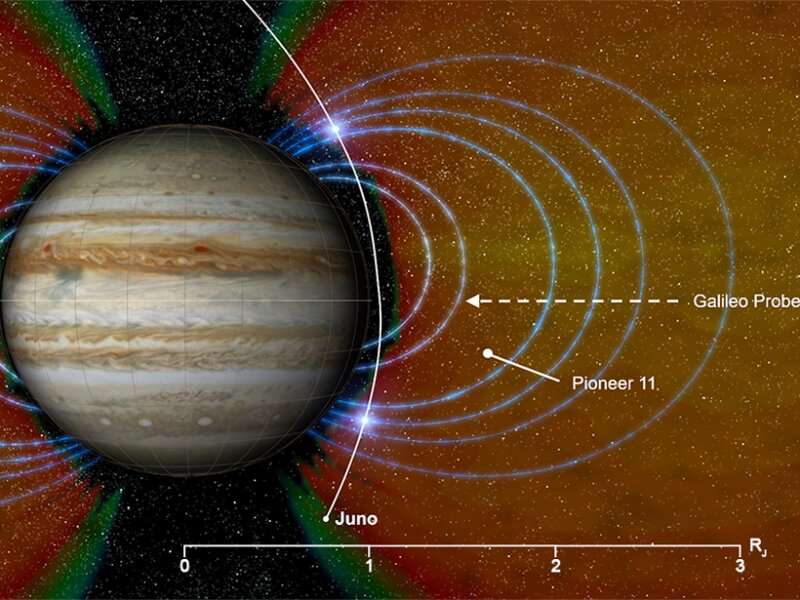
Call for ideas to augment satnav with imaging sensors & 3D maps

Busy urban centres represent key areas of demand for satellite navigation services, but dense concentrations of high buildings mean that satnav signal reception may sometimes fall short. So ESA is issuing a call for ideas to make up for such service gaps through the use of imaging and 3D mapping technology – ahead of a dedicated workshop on 6 July.
Space sustainability rating to shine light on debris problem
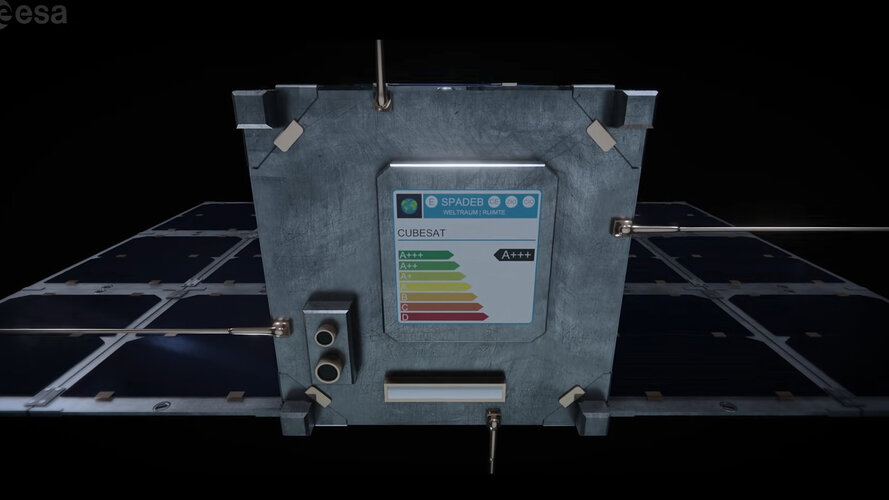
There’s a problem brewing overhead. Invisible to the naked eye and relatively unheard of, it threatens our future in space – space debris.
A new ‘Space Sustainability Rating’ is currently in development that will shed light on the problem, scoring space operators on the sustainability of their missions, increasing the transparency of their contributions to protecting the space environment and encouraging and recognising responsible behaviour.
EXPLAINER: The significance of China's new space station
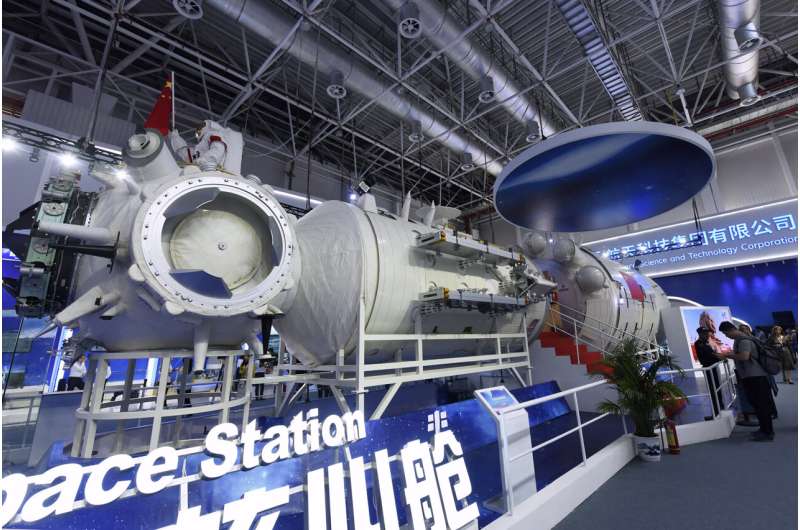
First astronauts arrive at China's space station
 The first astronauts arrived at China's new space station on Thursday in the country's longest crewed mission to date, a landmark step in establishing Beijing as a major space power.
The trio blasted off on a Long March-2F rocket from the Jiuquan launch centre in northwest China's Gobi desert, and their craft docked at the Tiangong station around seven hours later, where they will spend the
The first astronauts arrived at China's new space station on Thursday in the country's longest crewed mission to date, a landmark step in establishing Beijing as a major space power.
The trio blasted off on a Long March-2F rocket from the Jiuquan launch centre in northwest China's Gobi desert, and their craft docked at the Tiangong station around seven hours later, where they will spend the 
